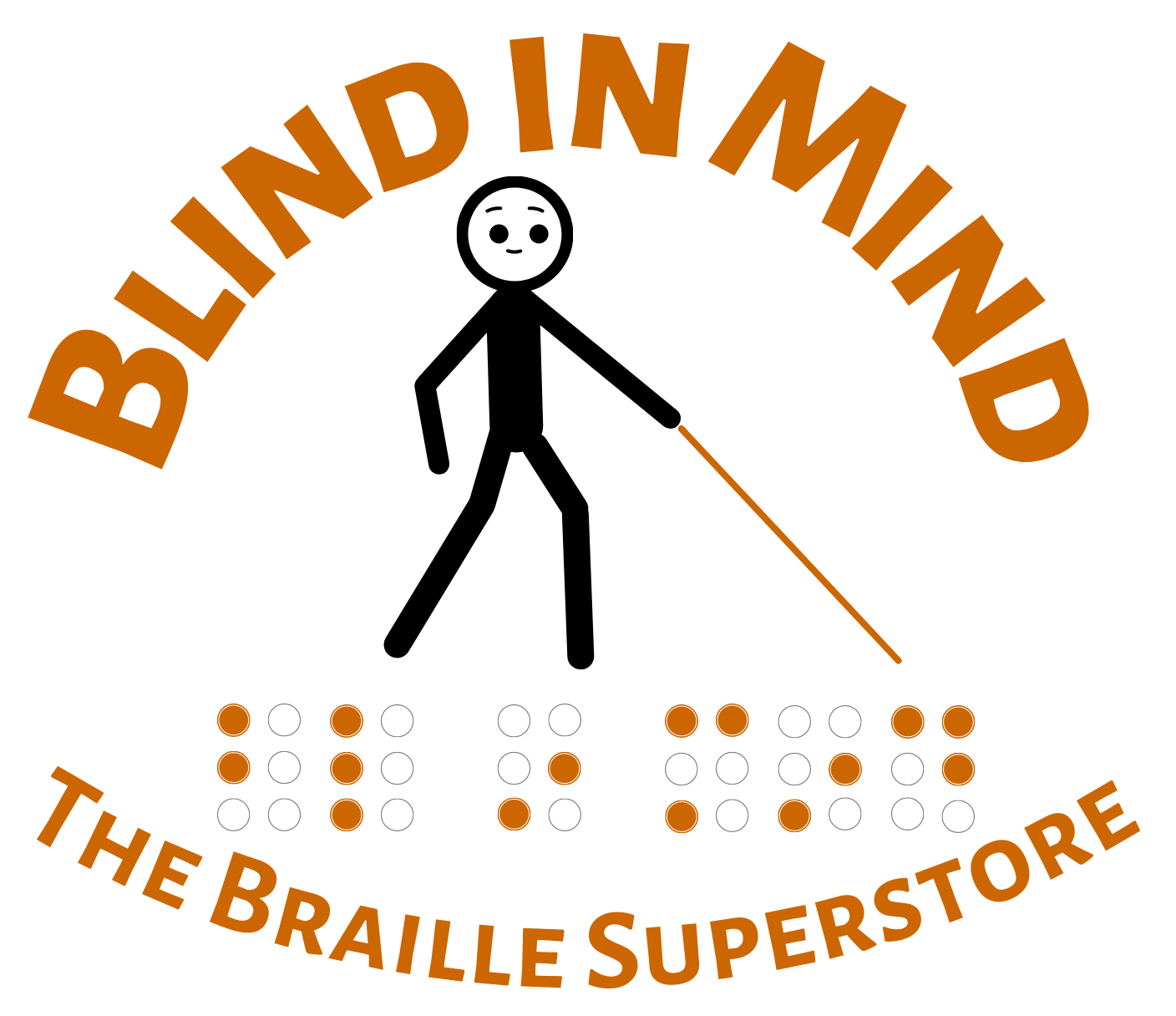





*Good news! You can still get your Christmas gifts in time for Christmas in the USA. For Canadians, you still have a good chance of receiving them but should order right away!. Merry Christmas!
Most of us have marveled at the calm dedication of a guide dog, and wondered how this quiet, obedient miracle on four legs came to be. So, here is a brief overview of what goes into their training. It's how guide dog schools across the nation and around the world turn goofy, rambunctious puppies into solid, dependable dogs you could trust with your life in any environment on Earth.
MarvelSoft Enterprises: Blind in Mind
31835 E Main Street
Sedro-Woolley, WA, 98284-9097
USA

